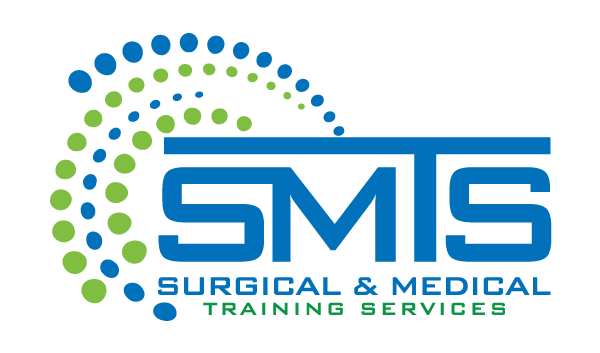Medicine sustains a nearly-constant state of evolution. Every year, new devices and techniques are tested. New products and technologies are presented to the medical community for clinical trials and FDA approval. With the consistent advances in the clinical side of care, providers may overlook the opportunities they have to also improve overall patient satisfaction. Here, we discuss a few ways in which technology is improving patient engagement and how that engagement benefits each patient’s experience with their provider.
More medical offices, clinics, and hospitals are equipping spaces with technology that patients are familiar with. These technologies may be used to educate patients or, sometimes, to provide an entertaining distraction from discomfort and stress. Some of the strategies that are making a big impact on patient engagement at this time include the following.
ENTERTAINMENT SYSTEMS
One of the biggest challenges that nursing and support staff face is helping patients deal with physical discomfort. A patient that is in pain is also dealing with stress, fear, and anxiety. Altogether, unmanaged pain and emotional distress will degrade the patient’s sense of well-being. It may sound simplistic that entertainment systems that interact with the patient could make a difference in state of mind. However, devices such as televisions, mobile devices, and tablets have demonstrated efficacy in distracting patients from their immediate situation. Not only does this distraction ease the load of nursing staff, but it can also enable patients to rest better and heal more quickly.
DOCTOR ACCESSIBILITY
Patients feel more satisfied when they know they have access to their doctor. The higher doctor-patient interaction is, the better care the patient feels they receive. Utilizing the same software and technology on which entertainment systems are based, doctors can communicate more readily with their patients. This may be via conference call, video chat, voice messaging, text. In whatever way the patient has access to their physician, prompt responses create a sense of trust that each patient deserves. This method of communicating may also streamline the time a physician spends responding to patient’s questions or requests. The MyMobility app is an example of this type of patient-doctor correspondence.
STAFF PREPAREDNESS
Using technology linked to patient entertainment systems, nursing staff may be better prepared to meet patients’ needs with fewer trips in and out of their rooms. Technology that allows patients to check documents, view their care team schedule, or send requests from their own devices increases positive interactions, decreases questions, and reduces the physical workload of the nurse or other practitioners. Mobile and personal devices can be used instead of the Nurse Call button for minor requests such as changing the temperature in the room. This, in turn, allows nursing staff to come to each patient already meeting their request. This method of interaction also fosters a sense of confidence in the patient that assistance is nearby.
At SMTS – Surgical & Medical Training Services, we are intent on improving patient care by supporting physicians and other professionals with state-of-the-art bioskills facilities. To learn more about our courses and mobile labs, call (888) 801-9444.

